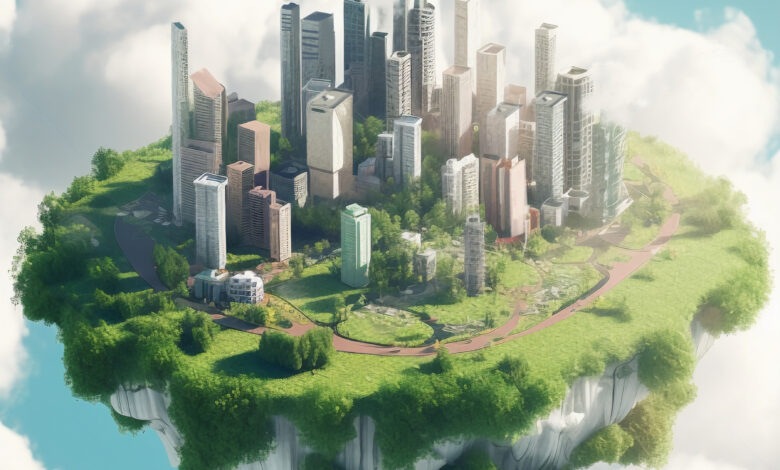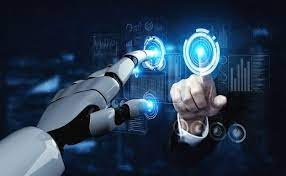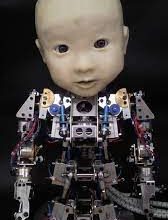The Smart Cities of Tomorrow: AI’s Contribution to Urban Development”

A surge of technological growth swept the globe in the not-too-distant future, ushering in a new era of urban development. The so-called “smart cities” of the future had already materialized, revolutionizing how people lived, worked, and interacted with their environment. The adoption of artificial intelligence (AI) into every sphere of urban life was the driving force behind this change.
One such city was the bustling metropolis of Innovaria, which had experienced an amazing makeover. Innovaria was a shining example of the influence artificial intelligence (AI) can have on the future with its glittering buildings, effective transportation methods, and sustainable infrastructure.
The AI-driven network throughout the city was incredible in and of itself. Every streetlight, traffic light, and public utility was connected, and their utilization was continuously monitored and optimized. The city’s carbon footprint was significantly reduced as a result of reduced energy use and waste. The AI system even anticipated maintenance requirements and took preventative action, ensuring the infrastructure of the city operated without a hitch.
The advantages of residing in a smart city were enjoyed by the residents of Innovaria. As AI systems studied traffic patterns, modified routes, and synced traffic signals in real-time, commuters experienced efficient public transportation. This improved the convenience and safety of travel while also reducing traffic.
The quality of life for residents of Innovaria was also improved through AI-enabled services. To gather information on the city’s noise levels, air quality, and other environmental aspects, smart sensors were deployed all over the place. This data was used to spot potential health risks and swiftly implement preventative measures. Personalized treatment regimens were offered by AI-powered healthcare systems based on a patient’s medical history and current health information.
With the aid of AI, education had also advanced in Innovaria. Immersive learning environments were given through smart classrooms outfitted with interactive screens and virtual reality technologies. AI algorithms developed customised courses that catered to each student’s learning preferences and pace, taking into account both their strengths and deficiencies. A very effective and interesting educational approach that developed each student’s talents as a result.
AI also played a crucial role in ensuring public safety. Innovaria’s advanced surveillance systems used facial recognition and behavioral analysis to identify potential threats and criminal activities. The city’s law enforcement agencies could respond quickly and effectively, preventing crimes before they occurred. AI algorithms also helped emergency services optimize response times and resource allocation, saving lives during accidents or natural disasters.
However, the rise of AI in urban development did not come without its challenges. Privacy concerns were raised as the AI network collected vast amounts of personal data. Innovaria’s government took strict measures to protect citizens’ privacy, implementing robust encryption protocols and transparent data usage policies. Additionally, efforts were made to involve the community in decision-making processes and address any ethical concerns.
The success of Innovaria inspired other cities worldwide to embark on their own journeys towards becoming smart cities. Governments, corporations, and communities came together to harness the power of AI for sustainable and inclusive urban development. They recognized that AI was not a replacement for human creativity and ingenuity but a powerful tool that amplified their collective potential.
As the years passed, the smart cities of tomorrow continued to evolve, driven by the relentless pursuit of innovation and progress. AI became even more integrated into the fabric of urban life, working seamlessly with humans to address complex challenges. The cities of the future became more resilient, efficient, and harmonious, fostering a better quality of life for their residents.
In the end, it was not just about the technology itself but how it was used to empower and uplift humanity. The smart cities of tomorrow were not just a product of AI; they were a testament to the human spirit of exploration, imagination, and collaboration. And as the world embarked on this remarkable journey, the possibilities for urban development seemed boundless.



